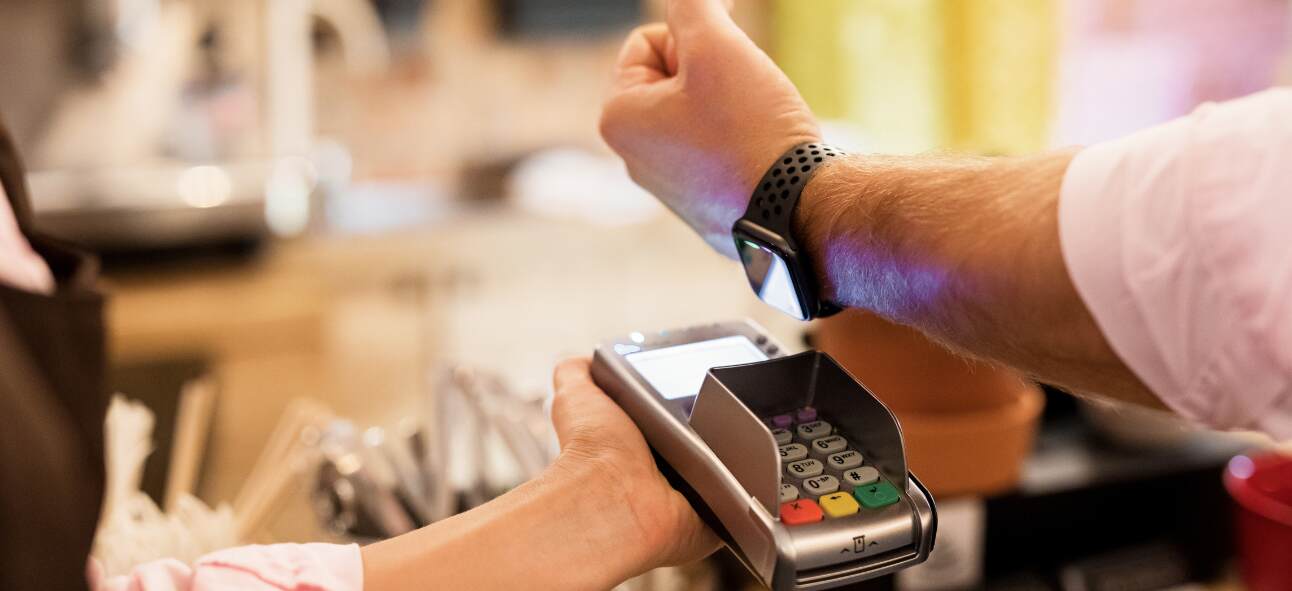Digital payments are ubiquitous. Most of us today make or accept digital payments in some form or the other, whether we realize it or not. For a business, not being able to accept digital payments means losing out sales, leading to slower growth, even risk becoming irrelevant in a digital-first age. As more consumers prefer to pay digitally, businesses must have the capability to accept (and make) digital payments. They must offer different types of digital payment methods so that customers have the flexibility to pay using their preferred method. And not just that, you must also create a seamless payment experience. Lesser friction, faster and secure payments are a must to meet and exceed customer expectations.
So, let’s find out what are digital payments and how to accept them.
What is a digital payment?
A digital payment is a payment made between two parties (the payer and the payee) where funds are transferred electronically from the payer’s bank account to the payee’s bank account. No hard cash is exchanged between the two parties in a digital payment. Common examples are payments made with credit or debit cards, mobile wallets, bank transfers, contactless cards, QR code payments, etc.
A payer and a payee could either be a business or a person. Both of them need to have bank accounts and use a digital payment method to carry out a transaction. Digital payments have surged in Europe. Recent reports from Statista indicate that digital payments will amount to €1,751.23 billion by the end of 2023, driven by the boom in e-commerce.
Why do you need to accept digital payments?
Three main reasons: convenience, speed, and security.
As e-commerce explodes and internet penetration grows, more people are opting for digital payments because of the way they make payments simpler. Whether it be shopping for daily groceries, sending money to friends, or buying online, more people today use some form of a digital payment. Seven out of ten consumers believe digital payments will replace cash, while half of them already plan to avoid cash altogether, as a Mastercard study from 2020 found out.
Types of digital payment methods
- Card payments: these include all payments that are made using debit, credit, and contactless cards. These include cards issued by major schemes such as Visa, Mastercard, or American Express. There are some locally issued cards which are popular in Europe as well, such as Cartes Bancaires in France, Bancontact in Belgium, and Girocard in Germany.
- Mobile wallet payments: these include payments made via digital wallets like PayPal, Apple Pay, or Google Pay. There are several others as well, depending on your country, such as iDEAL in The Netherlands or Giropay in Germany.
- Bank transfers: these include all electronic fund transfers that are made directly from one bank account to another. Some examples of such schemes include SEPA payments, or SWIFT payments (for international transfers).
- Alternative payments: these include newer methods such as real-time payments (for e.g., SEPA Instant Credit in the EU, Faster Payments in the UK, and P27 in the Nordics) and Buy-Now-Pay-later, or BNPL. The rise of open banking networks in Europe have led to the fast growth of such methods.
Read more: Top 5 payment methods in Europe
How to Accept Digital Payments
1. Use card readers
To accept payments by credit and debit cards, you will need a card reader. Best is to use an NFC-enabled one which also allows you to accept contactless cards. NFC technology in card readers allows a merchant to accept contactless payments, which is quite apt in our post-pandemic times when minimal touch is preferred. At checkout, customers will type-in a PIN, or tap their contactless card to pay. Quick and simple.
2. QR codes (for scan and pay with mobile wallets)
QR codes are easy and quick to set-up and cost quite less. They can be used both in-store as well as in your online shop. You can set up company-branded QR codes at checkout, which customers can quickly scan and pay on the go. Alternately, customers can download QR codes onto their own devices, which a merchant scans when the customer pays at the store or on their web shop.
Zero-touch and super-fast.
3. Pay-by-links
Pay-by-links allow customers to pay easily and securely via a link that is sent to then via SMS, WhatsApp, or email. When a shopper clicks on the link, they are redirected to a checkout page that carries the merchant’s branding. Pay-by-link is a simple and secure way to accept small and large payments. They are suitable for smaller businesses that do not have a large-scale IT setup. A payment link also acts as a digital invoice, which helps in bookkeeping as well.
4. Set up a payment gateway
A payment gateway is essential to accept online payments. Not only does it keep your payments secure, they help you offer a seamless checkout experience to your customers. A payment gateway can be hosted by your company or an external provider like Novalnet. With a gateway, you can offer a wide range of digital payment options to your buyers, which can be customized based on the market you operate in. Plus, you also get access to granular payment data, which helps in easy accounting. Just ensure your payment gateway is PCI-DSS certified and is compliant with other local laws.
Learn more: How to Add a Payment Gateway to Your Online Store
5. Work with a payment service provider
Work with a reliable and reputed payment service provider to get the most out of digital payments.
A payment services provider can help you with the right guidance, tech tools, and necessary compliance, so that you can focus on your business. For example, when you work with Novalnet, we help you accept payments globally, in 125+ currencies and 150+ automated country-specific payment methods. And there’s so much more.
How Can Novalnet Help
We can help you set up digital payments quickly so that your business can succeed in a digital-first world. We are trusted advisors to Europe’s leading brands, helping them to process payments smoothly and safely. With our technology, you can accept payments globally in 125+ currencies in 150+ automated country-specific payment methods. Plus, our AI-based risk management solutions and advanced analytics solutions help you design the best payment experiences for your customers, all in a fully secure PCI DSS-certified environment.
Reach out to us today to know more.
Jose Augustine is the Chief Business Development Officer at Novalnet with extensive experience in European payment industry and a knowledge powerhouse.












